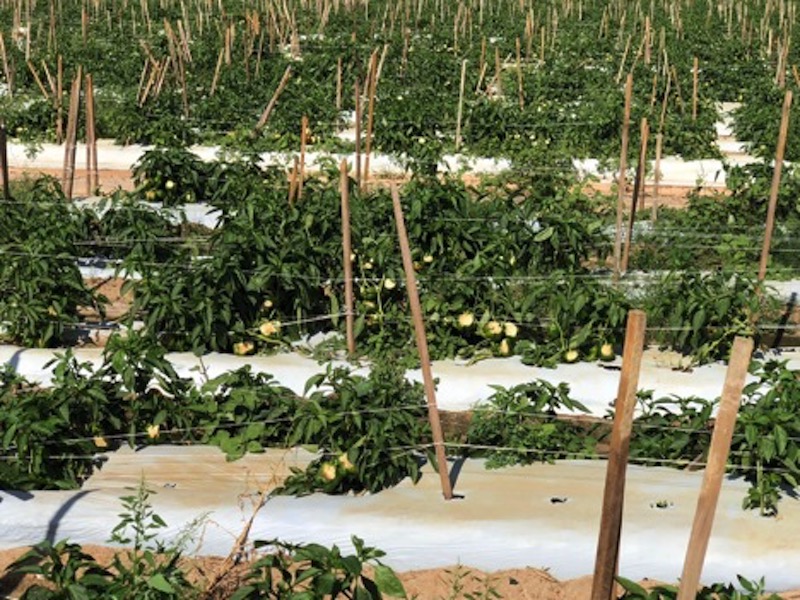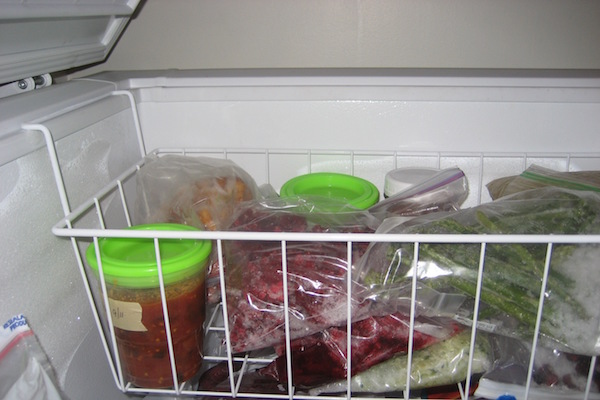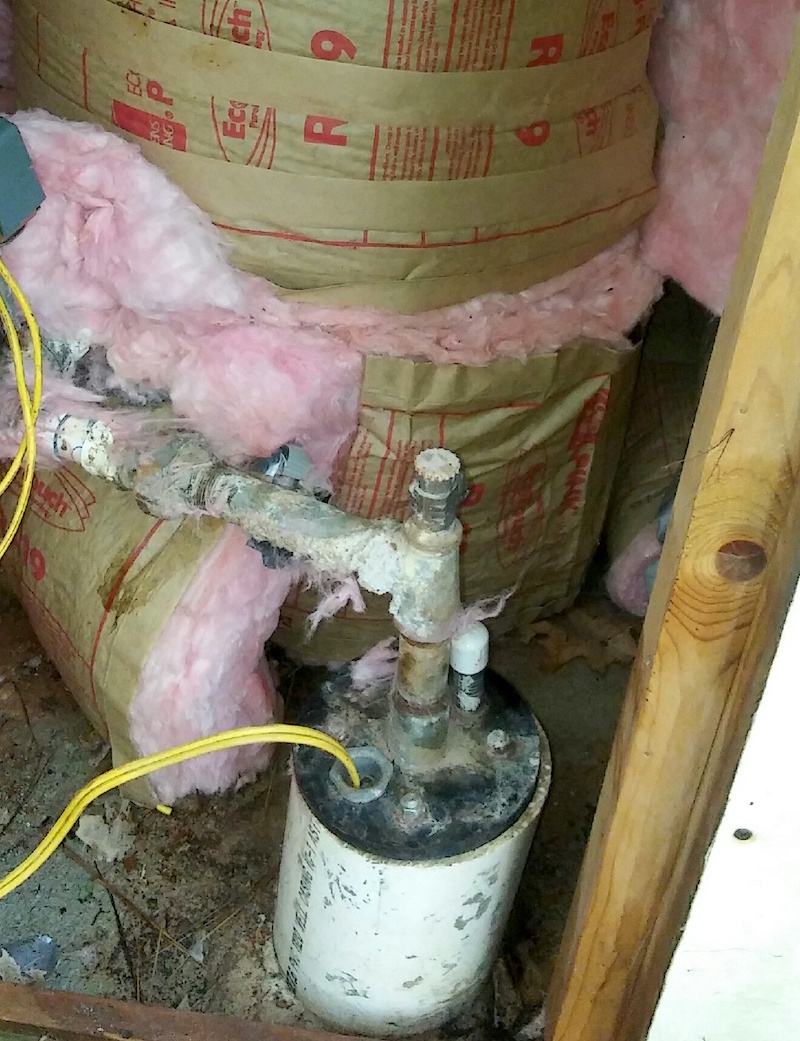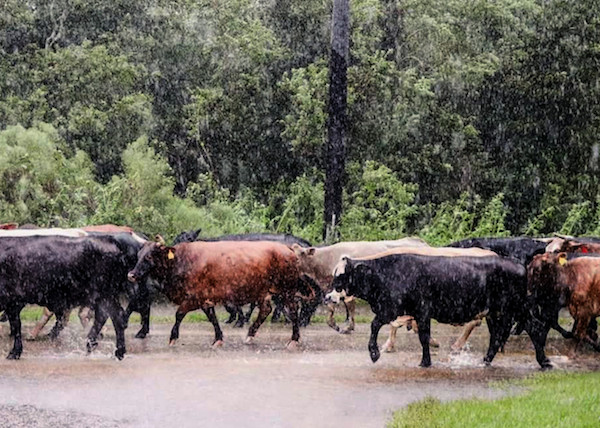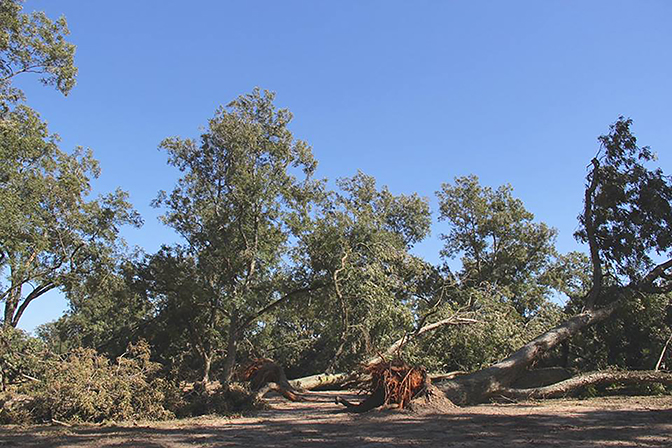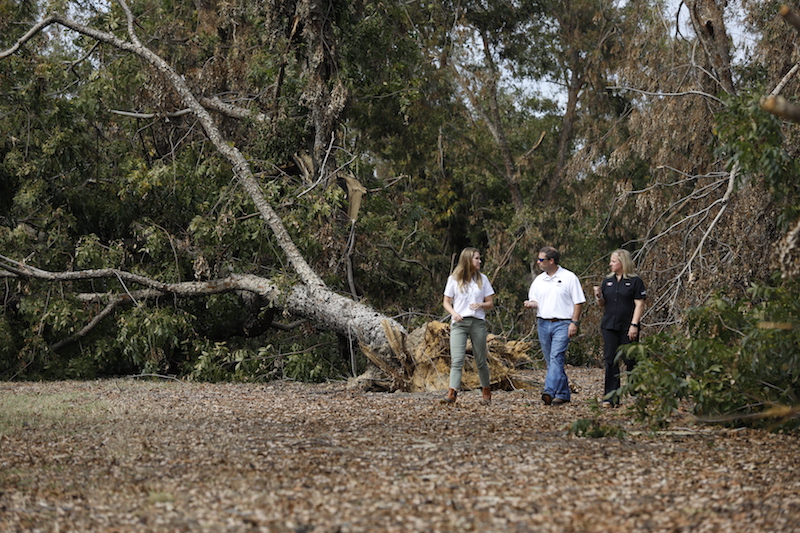 CAES News
CAES News
Hurricane Michael Totals
Hurricane Michael blew across southwest Georgia on Oct. 10, causing more than $2 billion in losses to the state’s agriculture industry, according to early estimates from University of Georgia Cooperative Extension agricultural economists and Extension agents.

